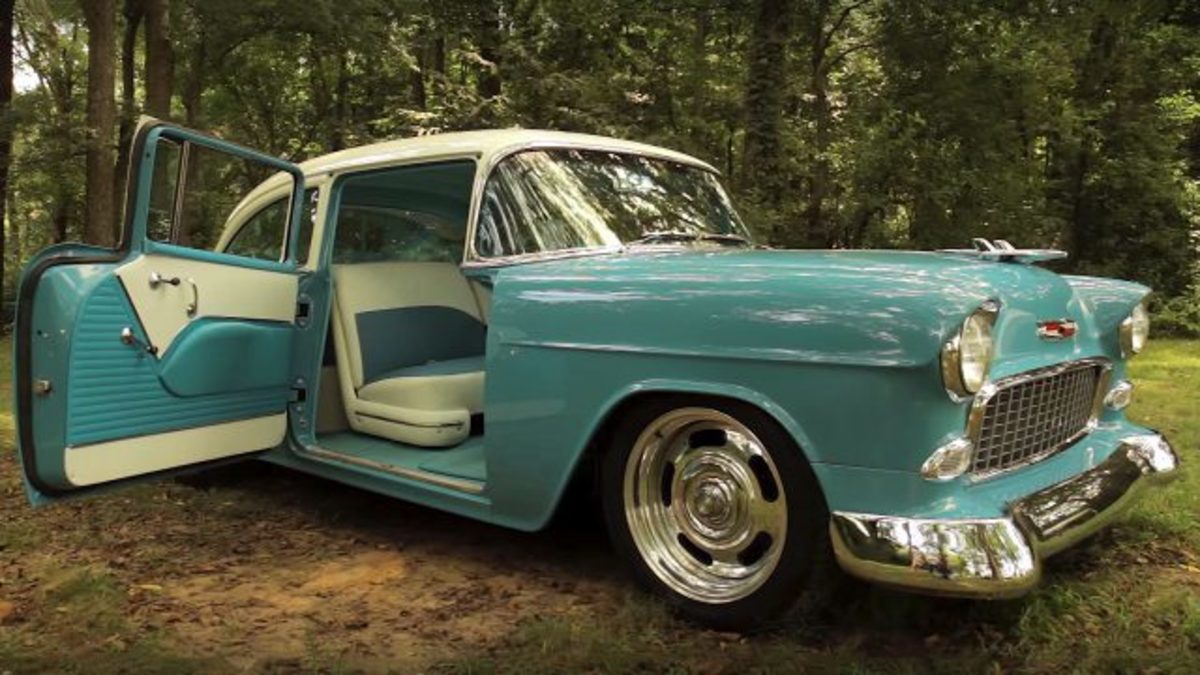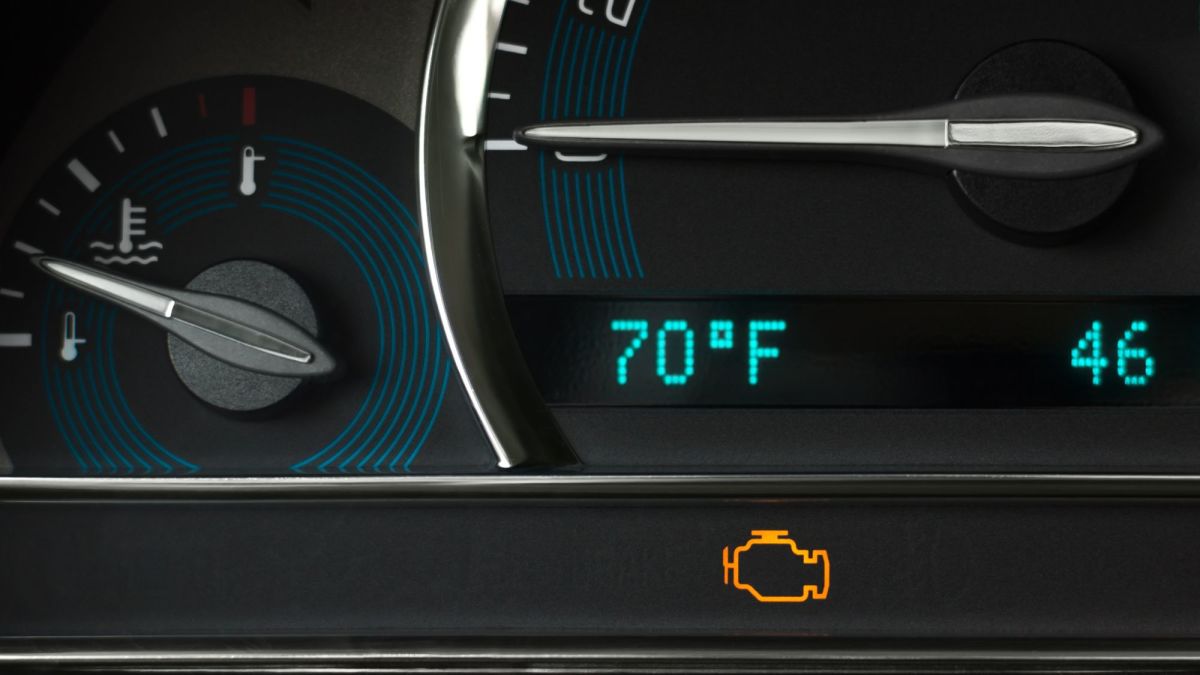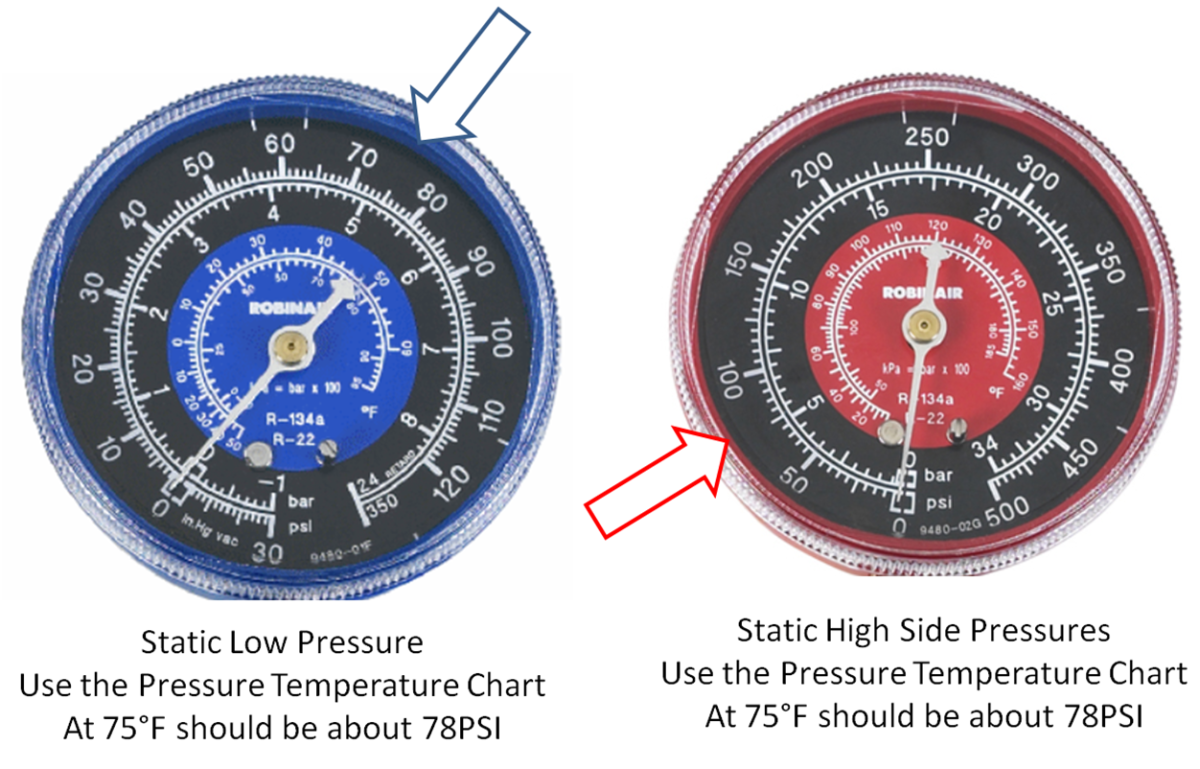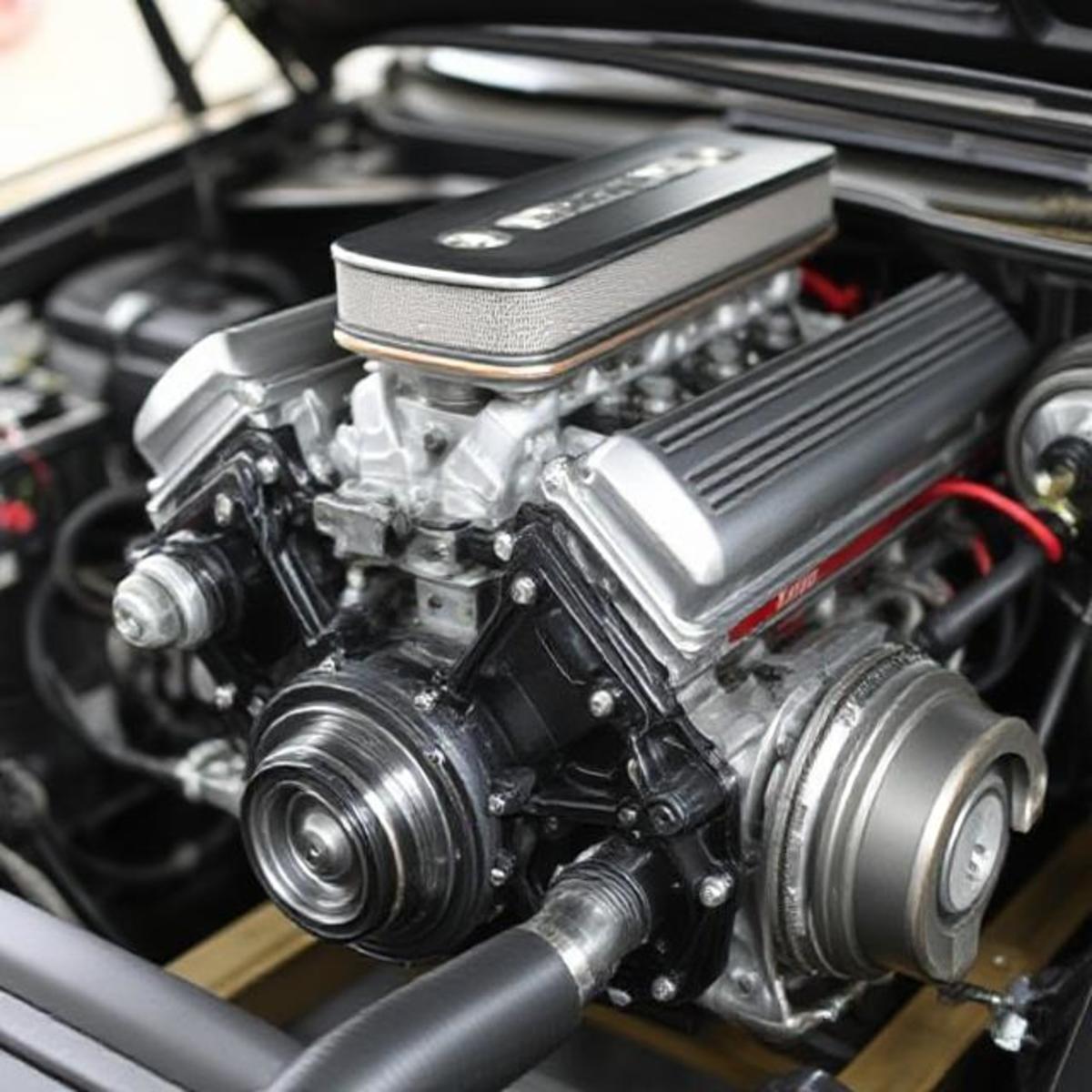How to Check Your Car Fluids - Tips to Help Make Your Car Last for Years
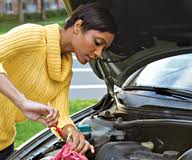
How to Flush Car Radiator
Adding Coolant to Your Car
Some people think that coolant (anti-freeze) goes in cars only in the wintertime, but that is not true. Coolant is required to be in cars year-round. Adding coolant to your car year-round will help prevent it from forming rust in certain car parts. Anti-freeze diluted with water is the best coolant to buy; this will help keep your engine from getting over heated in the hot summer weather. And coolant will help keep your cooling system from freezing during the winter weather, plus coolant prevents rust and corrosion from forming in the engine parts.
First, when adding coolant to your radiator, wait until your car is cooled off at least for 30-40 minutes. If the radiator cap is taken off while the car is still warm from driving, the radiator will splash out very hot fluids that can burn your eyes or face. Only check antifreeze coolant when your car is not running, you may use eye goggles and safety gloves for safety. Use your car's owner manual to see what fluids are best for your car's performance.
It's important to make sure your car's "engine coolant recovery tank" is filled with coolant; and check it every week. Your car's engine is the heart of the car, it's important to keep it maintained by checking the your car's fluids often. It's also important to have your cooling system (radiator) flushed after about 1-2 years, because antifreeze coolant can get old and cause corrosion after sitting for 1-2 years.
Benefits of Using Antifreeze Coolants
- Allows gages and warning lights to work properly.
- Prevents engine, radiator, and other parts from overheating.
- Prevents engine and other parts from getting frozen in the coldest weather.
- Protects corrosion and rust from forming.
Changing Motor Oil and Filter (Pontiac Grand Prix)
Checking Engine Oil
It's a good idea to check engine oil when your is warm not hot . Wait 20-30 minutes after driving to check your oil's dipstick, this will make the oil level (on the dipstick) more accurate. Wipe the oil dipstick with a paper towel, then put the dipstick all the way back in, and then pull it out again to see the oil level on the dipstick. You'll get a better reading by keeping the dipstick pointing down or sideways. If the oil is below the cross-hatched area at the tip of dipstick, then you'll need to add one quart of motor oil. Avoid adding too much oil, because it can overflow your engine and cause your engine to stop working. Make sure to use the right oil for your car, some motor oils are: SAE 5W-30, SAE 10W-30, SAE 10W-40, SAE 20W-50, your car may require a different kind. The difference in oils depends on its thickness; see your car's manual for the best oil viscosity for your car. Sometimes you can find your car's manual online if you don't have one. Almost every car or truck have the same parts but in different areas.
Where to Dispose of Motor Oil/Engine Oil
Some people change their own car's oil and oil filter, this is why it's important to know where to recycle the used and dirty motor oil. Places that accept and recycle used motor oil are: AutoZone, Pep Boys, other auto parts stores. Also check your cities website for recycling, and some recycling or disposal companies in your local area will provide curbside assistance for picking up used motor oil and filters. Also you can dispose of your transmission fluid and filter at these same places.
Oil filters are to be changed at the time of the motor oil being change as well. If your filter is filled with dirt, it's time to replace it. Lightly shake the filter to see if there is loose dust, this is how you know that the oil filter needs replacement.
Changing Transmission Oil
Trying changing your transmission or transaxle fluid the same day that you change your motor oil fluid. Change your motor oil and transmission fluids every 100,000 miles if you're usually driving in heavy city traffic where heat temperatures are high as 90° Fahrenheit or higher, or driving on steep hill roads, or using your car for hauling purposes. But if you're not using your car for the reasons just mentioned, then change your oils every 50,000 miles.
Too much transmission fluid can cause harm to your transmission, and very low fluid can cause the same problem. When checking your transmission or transaxle fluid, wait 30 minutes if you just finished driving to have the car cool off. Have the engine running when checking your transmission fluid level on the dipstick. If the dipstick is below normal level, then add less than one pint of transmission fluid, avoid over filling. But if your car doesn't need any transmission fluid or motor oil at the time you are checking it, don't add anything.
Adding Transmission Fluid
- Take out the transmission dipstick.
- Use a long neck funnel, add less than one pint (0.5 L) cars doesn't require much transmission fluid, unless your car's manual says otherwise.
- After adding fluid, check it again to see if fluid is on normal level on the dipstick.
♣ Check your car's owner manual before adding any fluids in your car, this way you will only use the right type of fluids for your particular car. And your car will last longer and require fewer repairs if the right type of fluids are in it, plus checking your fluids every two weeks can possibly save you lots of money. ♣
You got to watch this video - How to Find Power Steering Fluid Cap on Pontiac Grand Prix
When to Check Power Steering Fluid
Locate your power steering reservoir, make sure your car is turned off. Let your engine cool down to prevent from burning your hand, wipe the cap top of the reservoir, then unscrew the cap, and wipe the dipstick with a paper towel. Re-screw the power steering cap back on, the remove it again and check for the fluid level on the dipstick. If the fluid is on full level you don't have to add fluid. But if the fluid level is below normal you will need to pour power steering fluid into its reservoir. The powering steering fluid doesn't have to be checked on a regular basis.
Only check powering steering fluid when:
- Fluid is very low
- If there's a leak in the steering system.
- Or if your hearing a whining noise when pressing on the gas (common with Pontiac Grand Prix).
Some cars have different noises or problems that happens when a car is running out of power steering fluid. See your owner's manual for the type or brand of power steering fluid to put in your car.
Type of Windshield Washer Fluid to Use
You can purchase a windshield washer fluid that protects against freezing; this will be a good idea during the cold weather season. When adding washer fluid, pour it in until the windshield washer fluid tank is full.
Adding Brake Fluid
Fill the brake fluid halfway in the brake reservoir cup. Add brake fluid when work is done on your brake hydraulic system. If too much brake fluid is added to your car it can spill over and cause a burning smell and possibly damage to your vehicle. Use the correct brake fluid for your car, for the best performance of the brakes. If the wrong brake fluid is used the brakes might not work well or may not work at all.
Finally, always have a new battery in your car that is fully charged, to help keep your car running well. Most auto parts stores will fully charge your car battery with a battery warranty or a small fee.




